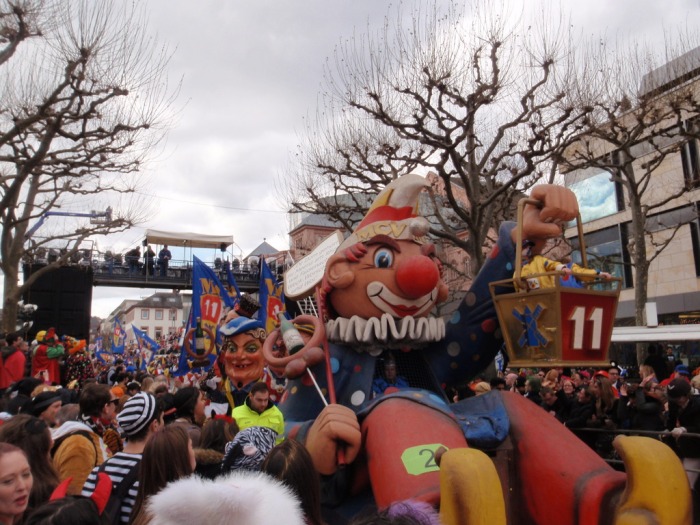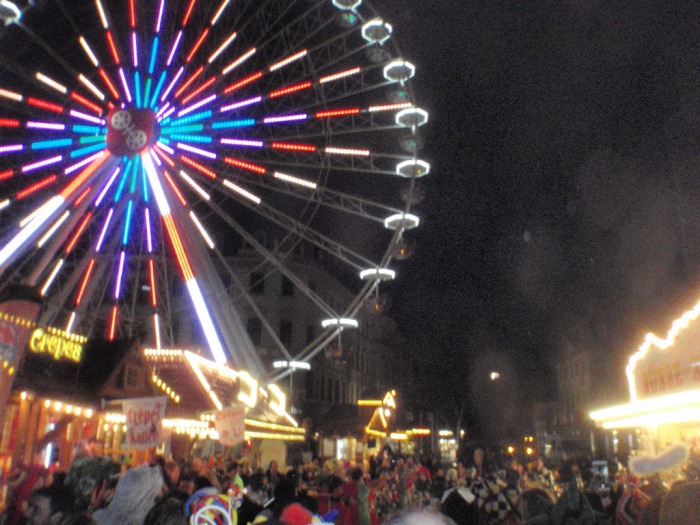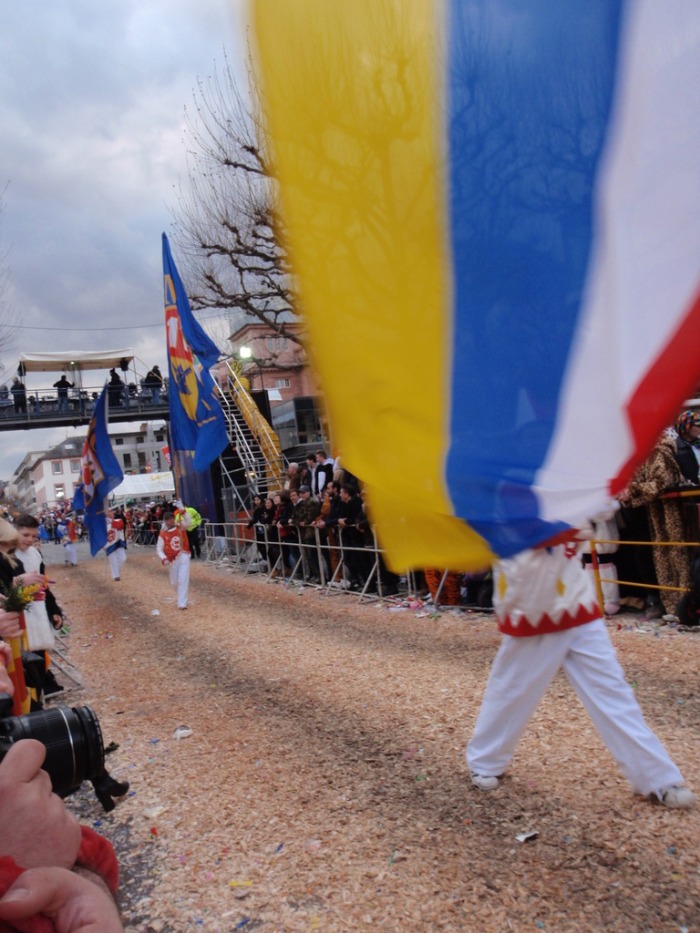
There was no more festive way we could have possibly spent our last week in Germany last month. After three years and almost four months living abroad, the raucous atmosphere of Fasching seemed to be the most fitting way for us to bid farewell to life abroad. And, as celebrations ended and made way for the somber season of Lent, so too ended our international adventures (for now!) as we transitioned back to life in the United States.
In case you need a refresher, Fasching is the German equivalent of Mardi Gras or Carnival. The very air is charged with excitement, music and Schnapps during the main Fasching period, which spans from the Thursday (the ladies’ day of Fasching) to the Tuesday before Ash Wednesday. Oddly, the main day is Monday, known as Rosenmontag.
As we’ve been fortunate enough to live in one of the two rival German Fasching capitals, we dressed up in animal onesies along with fest-goers of all ages to watch hours and hours of the parade that boldly snakes its way throughout Mainz on Rosenmontag to shouts of “Helau!” (the Fasching greeting). This was, of course, after several days of smaller warm-up parades in neighboring areas of Wiesbaden.
Parade groups and floats represented local businesses, hobby clubs, marching bands, giant heads, clowns, Swiss Güggemusik (brass bands with elaborate costumes and airbrushed facepaint), Austrian/Bavarian witches, social commentary, and political satire. As you can imagine, the last of these was brutal this year, mocking Olympic doping, American president Trump, Turkish president Erdogan, Brexit, EU leadership, and more.
Every night of the fest was a costume party in Mainz as well. We went out several times to eat Bratwurst and wander through the carnival rides and stands in the old town. One night the cover band we were listening to started playing a familiar tune that turned out to be the theme song from the 80s cartoon show Duck Tales! This turned into a medley of theme songs from similar kids’ tv shows Chip and Dale Rescue Rangers (known in Germany as Chip and Chap) and Gummy Bears. The last one got a lot of Germans singing along. After all Haribo, the main producer of gummy bear candies, is German.


Helau from Fasching in Mainz and for now, goodbye to Germany!

Many more details on Fasching can be found here:
What is Fasching All About?
11/11 at 11:11
Fasching Costumes on Parade
Into the Fifth Season



































































































